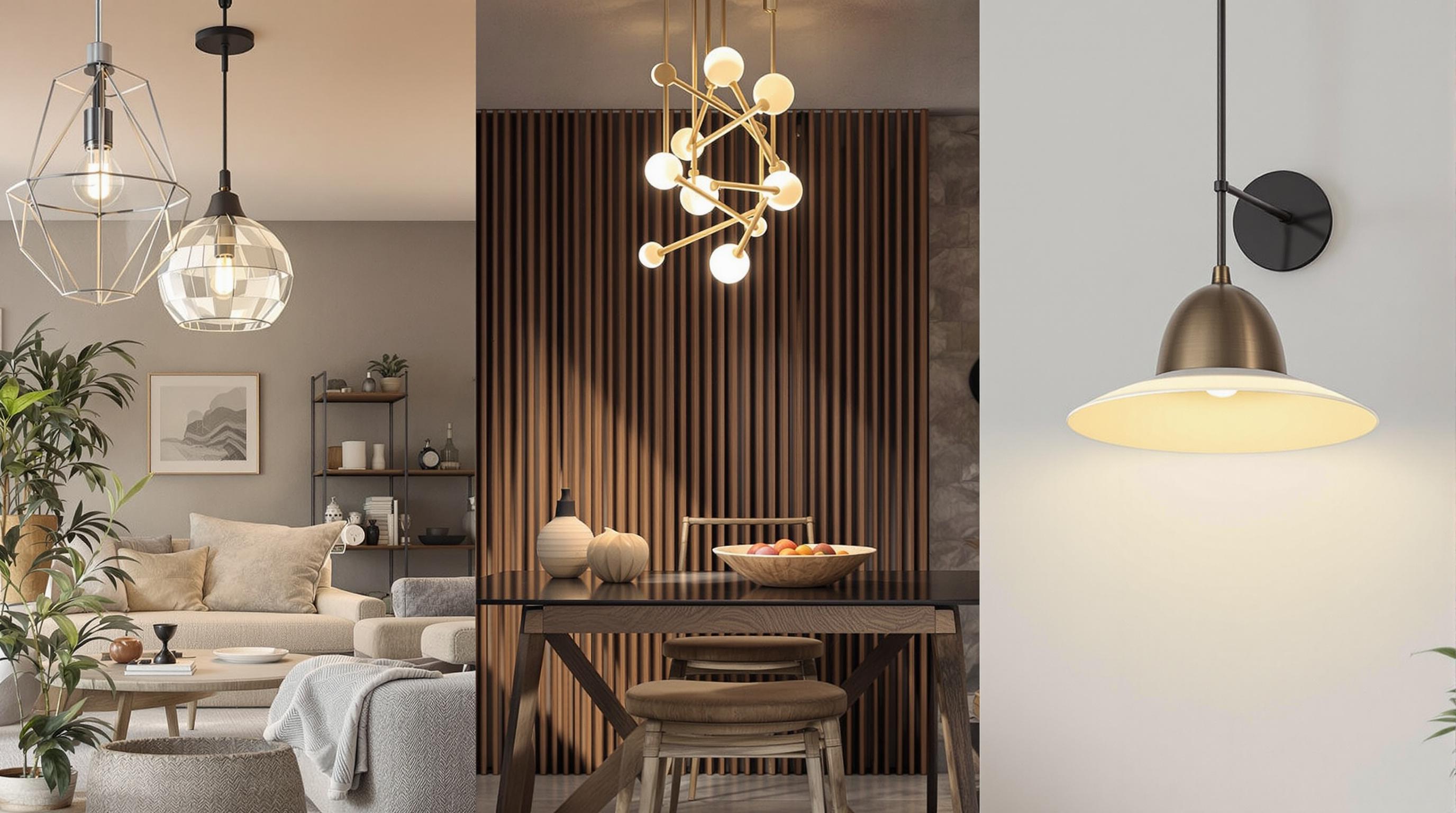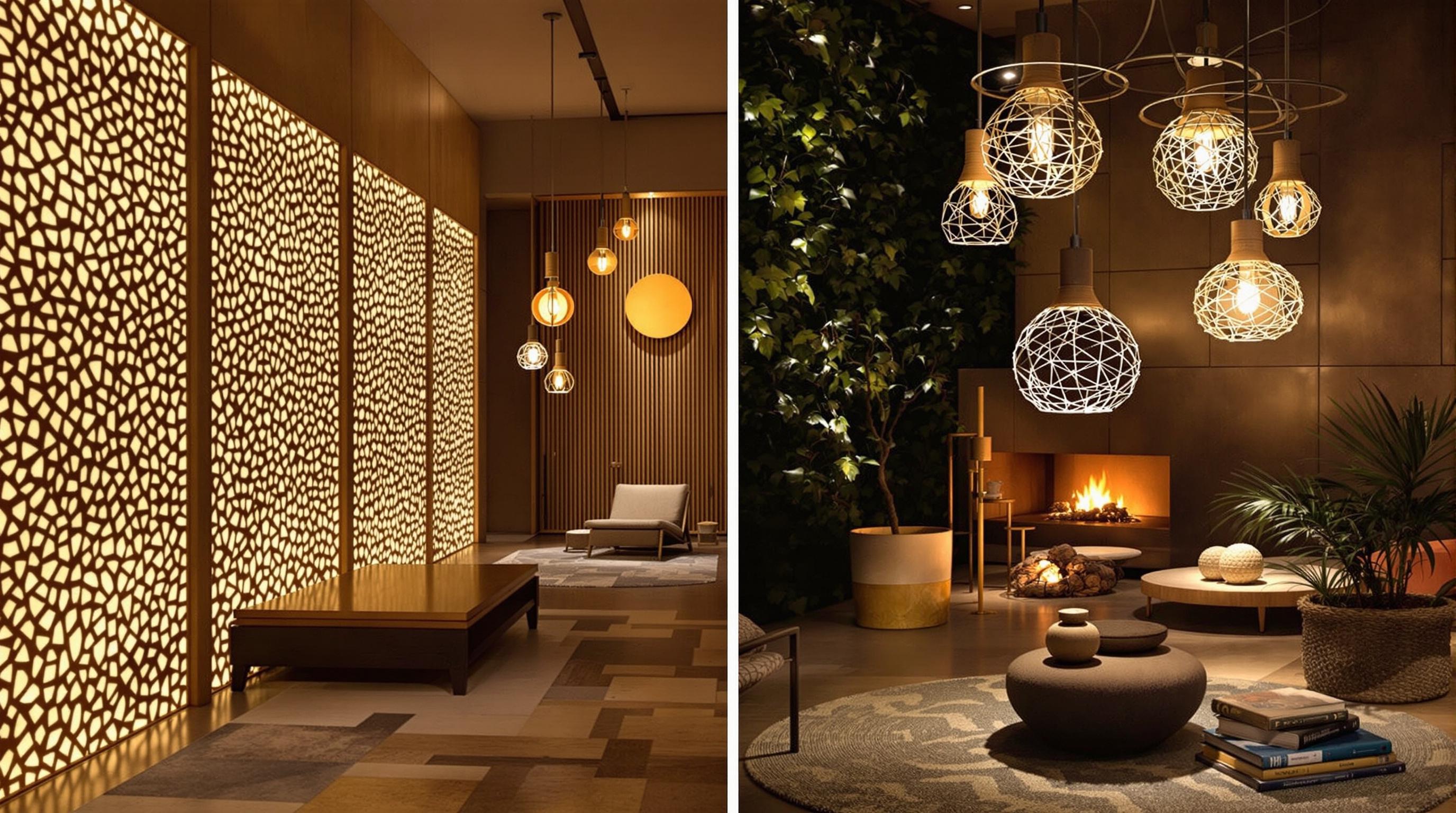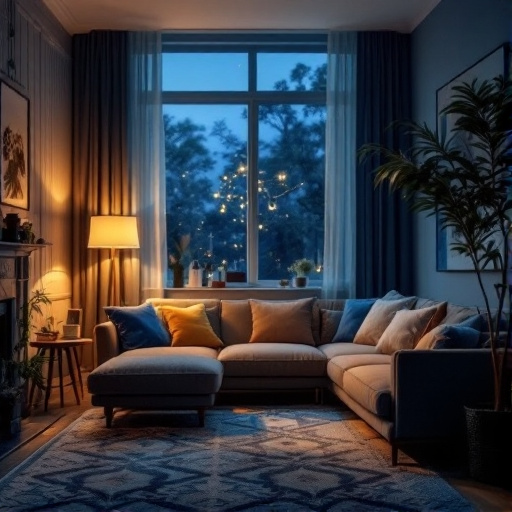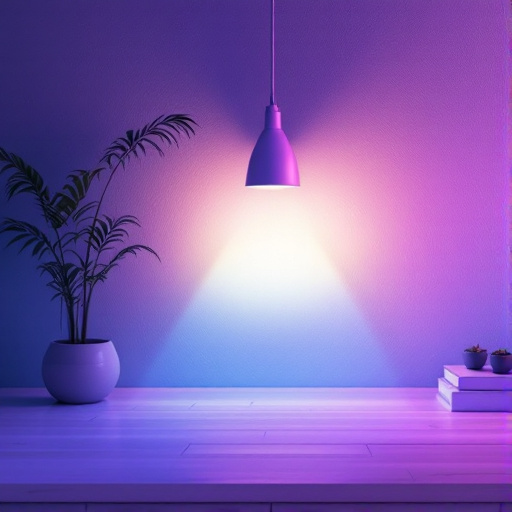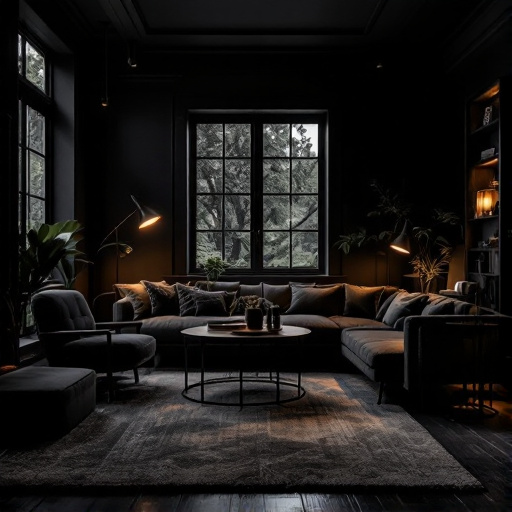Featured Articles
- 12 Innovative Home Lighting Ideas Inspired by Nature’s Hidden Patterns and Ancient Traditions
- 7 Best Human-Centric Lighting Fixtures Released Since 2019 That Truly Transform Your Living Space
- Illuminate Your Mood: How Color Psychology in Home Lighting Can Affect Your Emotions and Well-Being
- Illuminate Your Mood: The Surprising Psychology of Color in Home Lighting Choices
- "Illuminate Your Mood: The Surprising Science of Light Colors and Emotional Well-Being at Home"
Illuminating the Unknown: How Dark Rooms Can Enhance Your Home's Mood and Creativity
Illuminating the Unknown: How Dark Rooms Can Enhance Your Home's Mood and Creativity
Dark rooms, often underrated or overlooked, possess a unique capacity to transform a home’s mood and inspire creativity. By embracing these less illuminated spaces, you can tap into a rich well of emotional and artistic potential that caters to the complexities of modern life.
The Psychology of Light and Color
To understand how dark rooms can enhance mood and creativity, we must first dive into the science behind light and color. According to a study from the University of California, Berkeley, exposure to natural light significantly affects our mood, productivity, and overall well-being. But what about the absence of light? Research shows that darker environments can create a feeling of intimacy and sanctuary, providing a refreshing break from the often harsh glare of fluorescent lights or excessive screen time.
Creating Cozy Sanctuaries
Imagine walking into a room enveloped in soft, muted colors, perhaps with deep blues or rich greens that embrace the walls. Such palettes evoke a sense of calm and serenity. A study published in "Environmental Psychology" reveals that darker shades can make spaces feel cozier, which is particularly beneficial for people living in larger homes or apartments where vast spaces may feel cold and uninviting.
Personalizing Your Dark Space
Creating a dark room doesn’t mean you have to forgo personal style. Consider adding unique elements, such as:
- velvety drapes that absorb light
- artwork with pops of color dynamically contrasted against the walls
- ambient lighting that can be adjusted according to your mood
Every detail counts. For example, a recent survey suggested that 78% of interior designers preferred creating darker, dramatic spaces for intimate gatherings, reflecting how personal touches can augment overall aesthetics and mood.
Boosting Creativity in Low-Light Conditions
Not everyone thrives in brightly lit environments. A writer (aged 27) once shared her experience: “I find it easier to tap into my imagination when the light dims. The shadows cast by a few candles seem to dance as if they are encouraging my thoughts to flow.” This sentiment echoes a wider phenomenon, where many artists and creatives have reported improved focus and originality in darker settings.
You might be surprised to learn that studies indicate people often feel more creative in low-light situations. For example, researchers at the University at Buffalo found that working in dim environments can lead to heightened cognitive performance, stimulating creative thinking and problem-solving skills. When the surrounding stimuli are minimal, one's brain is "freed" to wander, thus allowing more innovative ideas to flourish.
The Role of Ambiance in Art and Work Spaces
Consider examining your workspace. Are harsh lights affecting your productivity? Perhaps it’s time to add dimmable lights or a floor lamp with a warm-toned bulb. This approach isn't just aesthetic; it’s functional.
In a unique case study, a group of artists was asked to work in different types of lighting environments: brightly lit, neutrally lit, and dimly lit. Those who worked in dim settings consistently produced more innovative and unique pieces, with 62% claiming they felt more inspired in darker rooms compared to their brightly lit counterparts. These findings could suggest a greater need for creating spaces that support a multitude of moods.
Finding Balance Between Bright and Dark
While dark rooms can catalyze mood enhancement and creativity, balance is crucial. Just because a room is dark doesn’t mean it should feel claustrophobic or dreary. Incorporate elements such as mirrors, strategically positioned to reflect natural light from windows, which can brighten up the space without compromising its essence.
Additionally, expert interior designers often recommend a mix of light and dark items. Imagine a plush, dark sofa accompanied by bright pillows! The contrast can keep the vibe upbeat and energizing, while still allowing the deeper tones to foster a comforting atmosphere.
Case Studies in Successful Dark Room Design
Let’s take inspiration from famous attractions: the enigmatic Parisian catacombs are officially a tourist magnet, commonly cited not just for their historical significance but also for the atmosphere created by their dim lighting. Similarly, famous art museums often create low-light environments to draw attention to intense colors in paintings. Imagine how these design principles can be easily translated to our personal spaces.
Dark Rooms as Creative Retreats
Creating a dark room doesn’t mean forsaking function. These spaces can serve as perfect retreats for activities like reading, crafting, or simply unwinding after a long day. Picture a reading nook tucked into an invitingly dark corner, equipped with a few pillows, blankets, and a cozy lamp that warmly punctuates the shadows. In these environments, our minds can more easily travel to fanciful realms, making it a suitable venue for indulging in books or practicing creative hobbies.
A Few Tips on Enhancing Mood and Creativity
Here are some effective methods to transform dark rooms into thriving centers for creativity:
- **Consider using colored light bulbs**: Not all light is equal. Colored bulbs can change the ambiance and stimulate your emotions, with warm tones often considered relaxing.
- **Add plants**: Houseplants can flourish even in less-lit spaces, providing a sense of vitality and natural beauty that welcomes creativity.
- **Utilize soft textures**: From throws to cushions, soft materials can elevate coziness, encouraging relaxation and mental clarity.
- **Soundscapes**: Layer in soothing background sounds—like nature sounds or subtle music—to add another dimension to these rooms. Research from sound architect Julian Treasure indicates that sounds can have profound effects on our mood and creativity.
The Gender Perspective on Dark Rooms
It may shock some to know that men and women can experience dark spaces differently. Historically, studies reveal that women tend to enjoy darker, enclosed spaces due to their association with safety. In contrast, men often prefer the expansiveness brought by being surrounded by light. Does this mean we should design spaces based on gender? Perhaps, but we should remember that personal preferences vastly differ among individuals!
Conclusion: Dancing with Darkness
The journey through illuminating the unknown—dark rooms—invites exploration, creativity, and mood enhancement. By embracing the beauty of shadows and creating spaces that cater to individual experiences and needs, one can significantly impact the ambiance of one’s home.
As you experiment with dark environments, remember that balance is essential; don't hesitate to blend them with bright spaces to achieve harmony. Whether you’re seeking solitude to create a masterpiece or a cozy refuge to unwind, these darker corners can transform your home into an oasis of mood and creativity.
